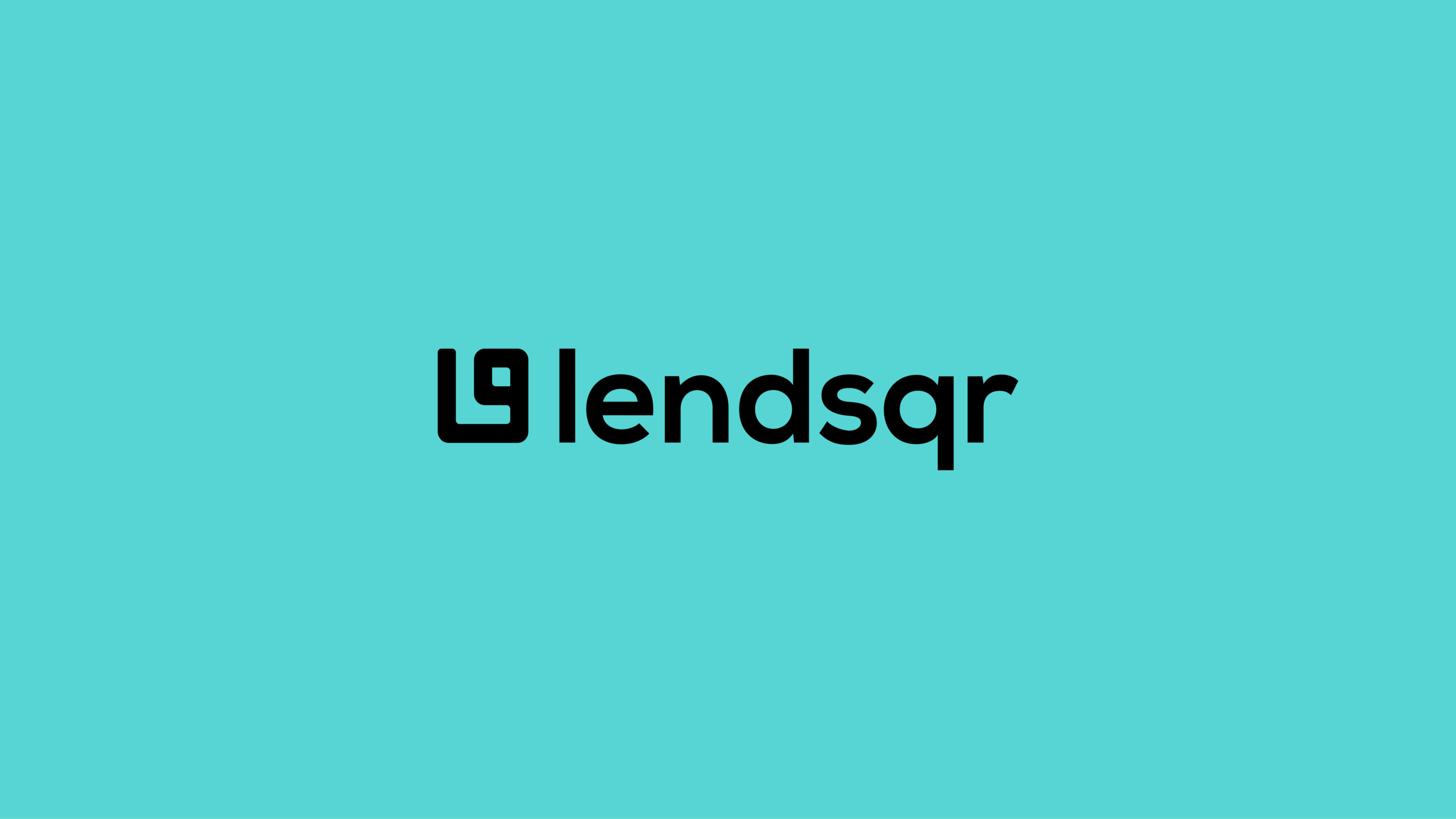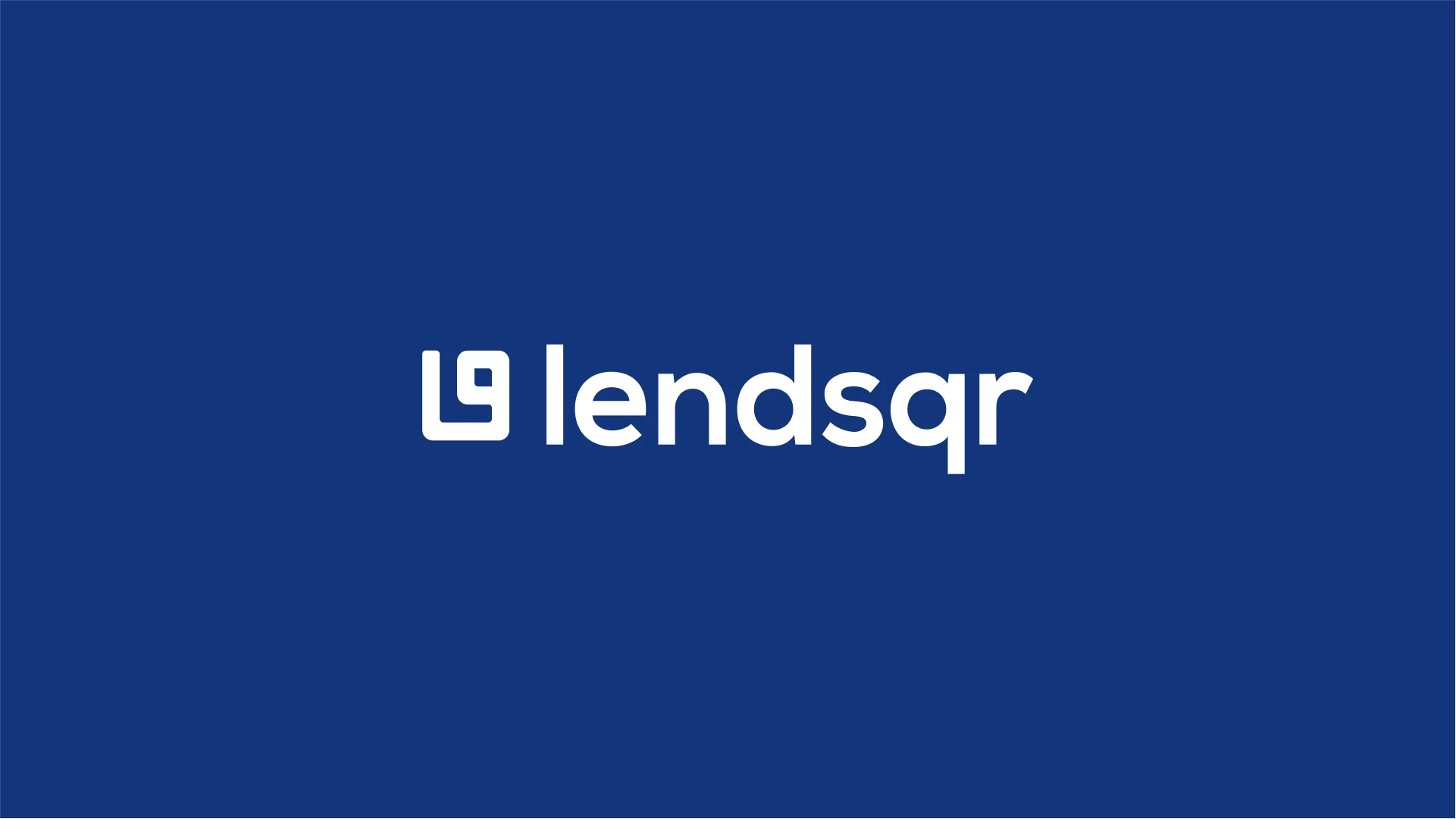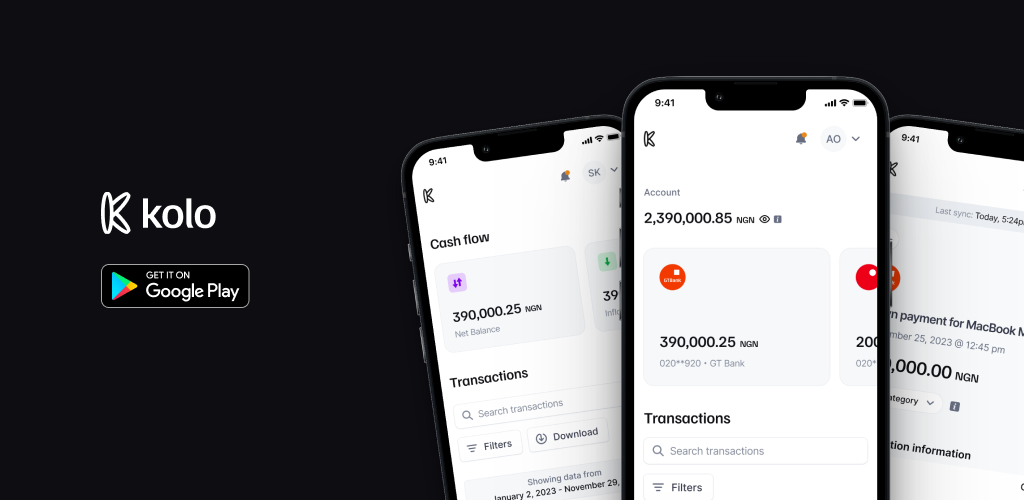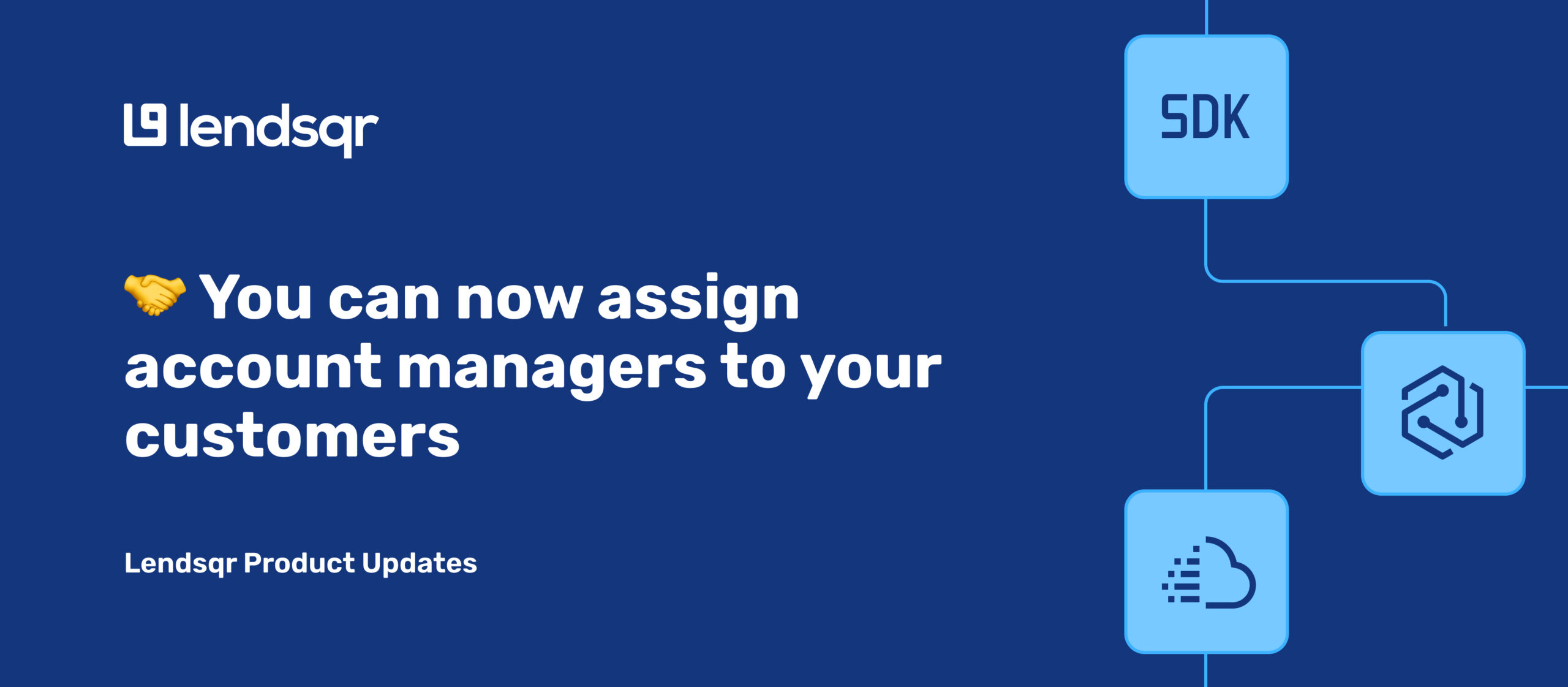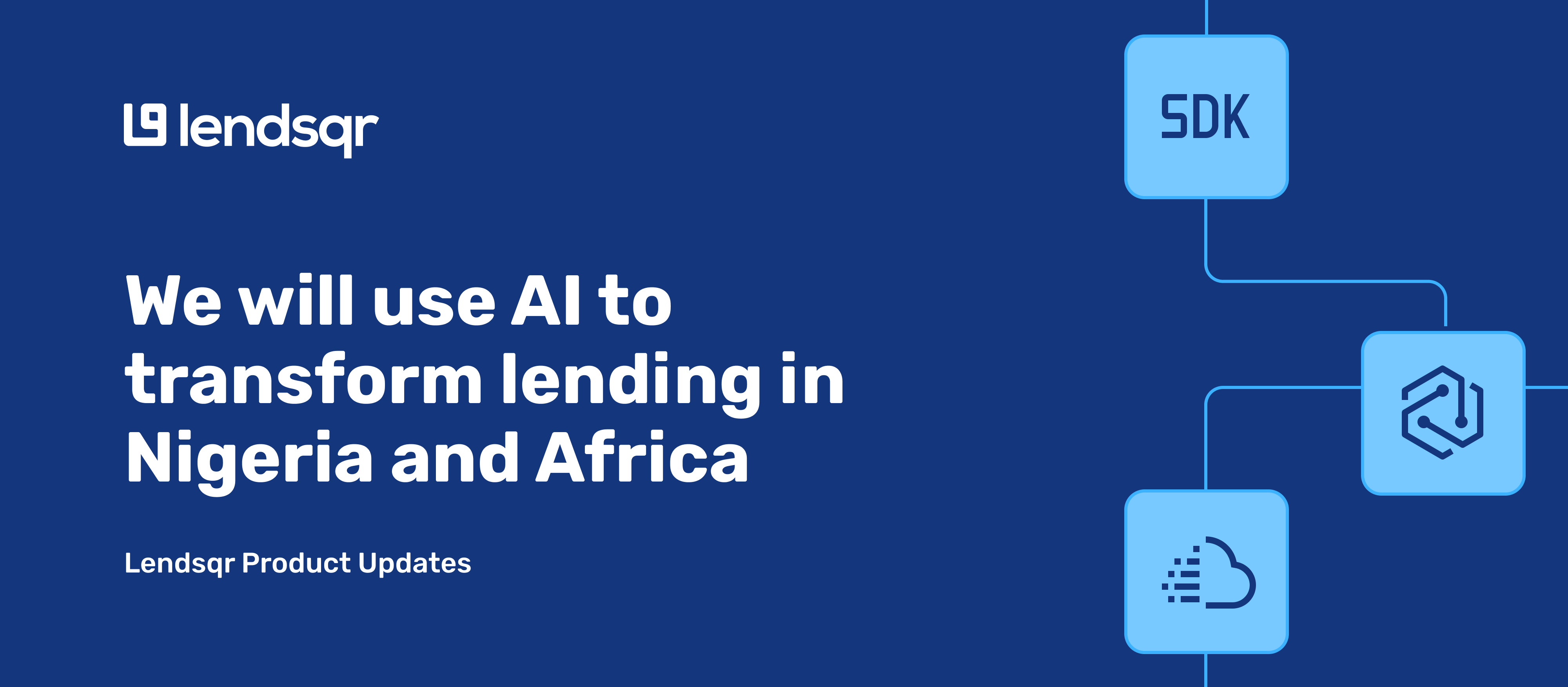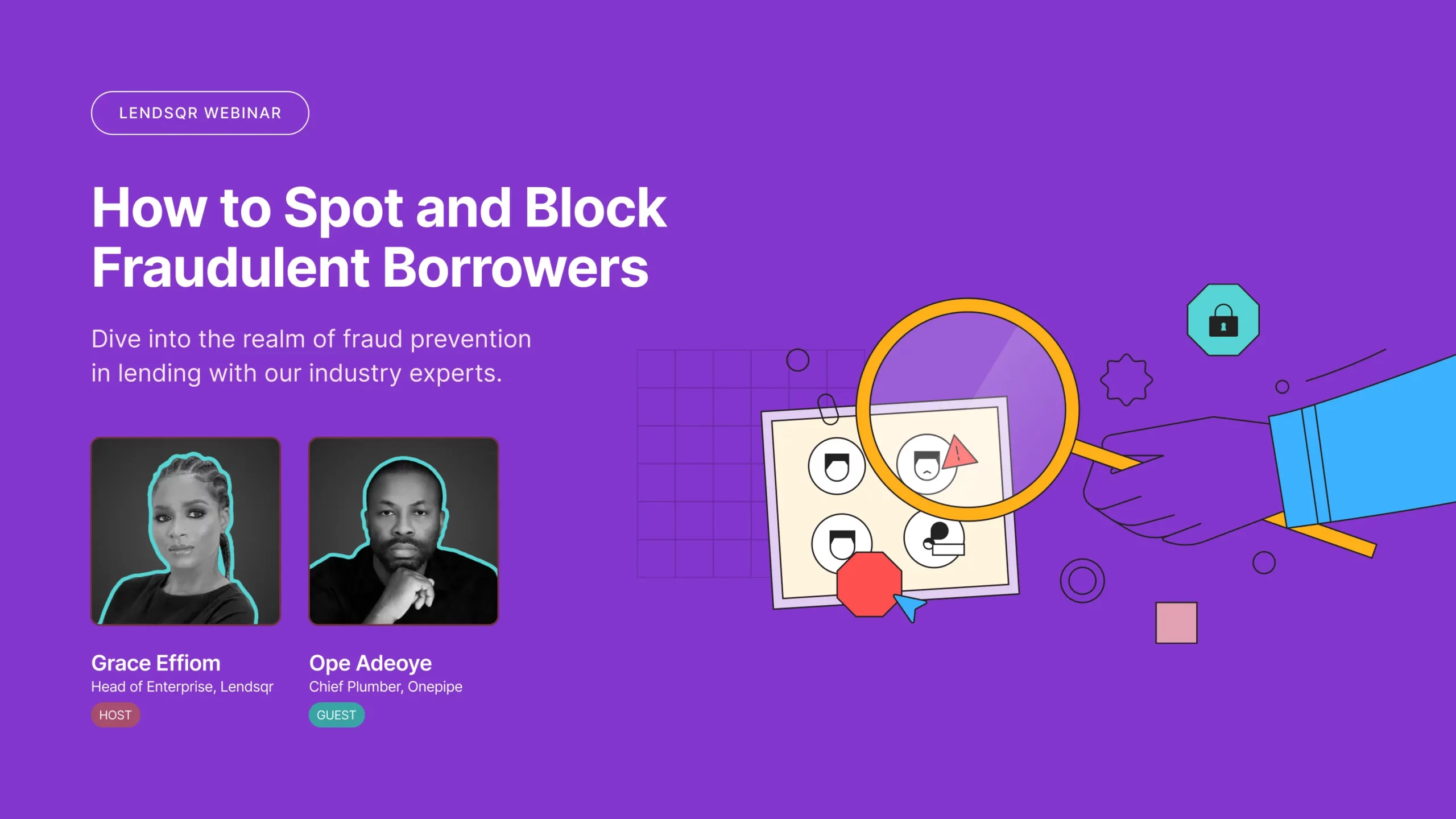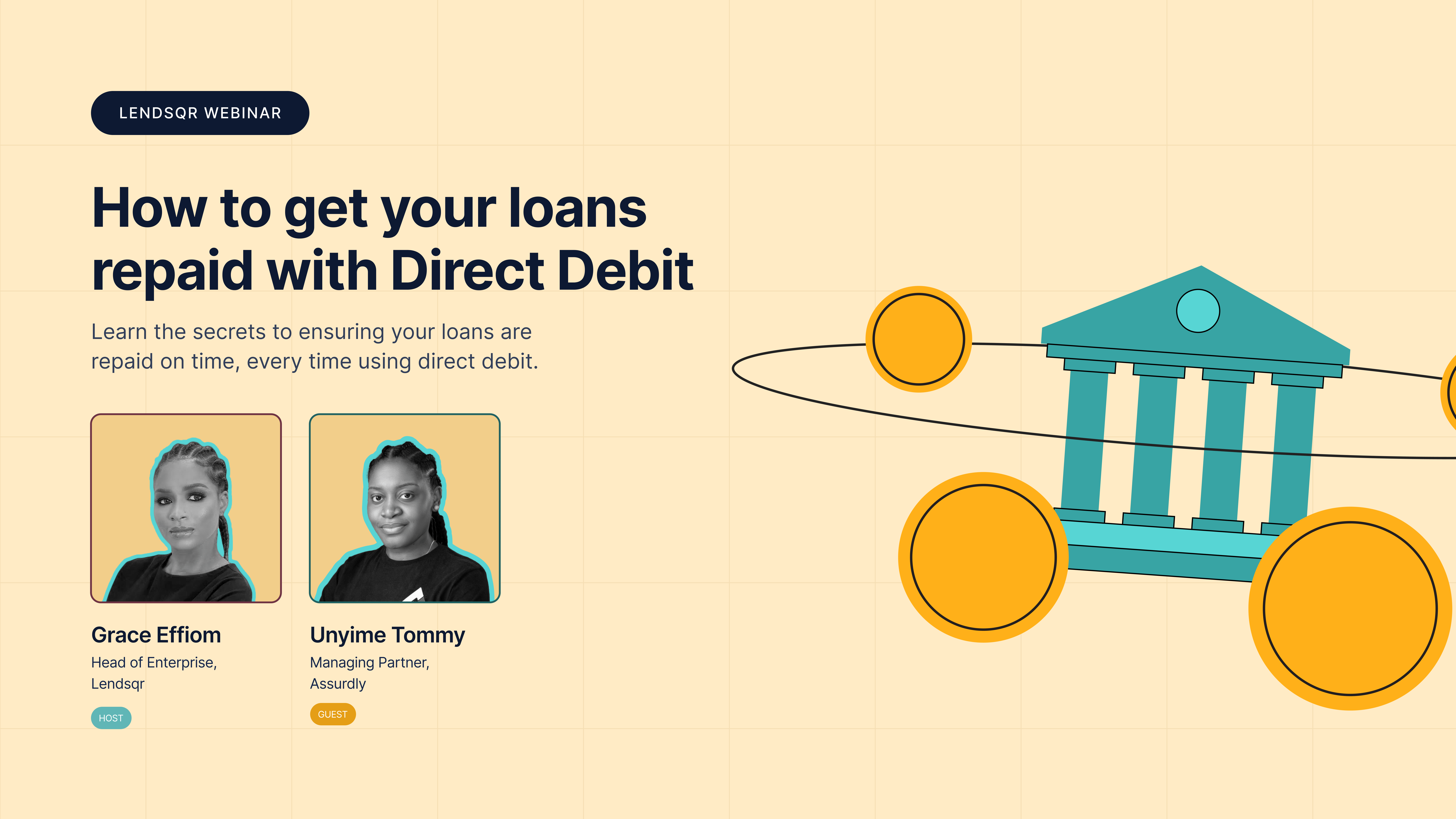Earn extra income by helping businesses access better lending solutions
If you have a knack for making connections and helping businesses succeed, the Lendsqr Affiliate Program is your chance to monetize that talent.
Lendsqr launches lending-as-a-service platform in Kenya
Lendsqr launches lending-as-a-service platform in Kenya to boost financial inclusion and support loacal lenders
Lendsqr launches onlending initiative to empower lenders with loan capital
Lendsqr launches onlending initiative to empower lenders with loan capital
Take control of your finances this July with Kolo
To make the most out of Kolo Finance, here are some key steps to help you maximize financial management with Kolo.
You can now assign account managers to your customers
We’ve made customer management more streamlined for you and your team. We’ve added an ‘Account Manager’ role to the admin console. Now, you can invite a team member, assign them as an account manager, and link them to a customer. T
We will use AI to transform lending in Nigeria and Africa
So, find a comfortable spot, maybe with a warm bowl of your favorite soup, and let's explore the January edition of the Lendsqr newsletter together!
How to spot and block fraudulent borrowers
Grace Effiom, the Head of Enterprise at Lendsqr, hosted a webinar featuring Ope Adeoye, CEO of OnePipe, where they discussed the latest approaches to combating fraud in the digital lending space.
How to get your loans repaid with Direct Debit
Grace Effiom, Head of Enterprise at Lendsqr, sat down with Unyime Tommy, the CEO and Managing Partner of Assurdly, to discuss the fundamentals of direct debit and its benefits for lenders.
How to spot risky loan guarantors and protect yourself as a lender
A loan guarantor is basically like a secondary borrower. If they can't pay up when the borrower defaults, then having them as a guarantor is pointless.

6 practical tips to reduce loan processing times
Fast loan processing doesn’t mean approving all loan requests, but deciding if a loan should be approved or not shouldn’t take forever.
10 intriguing facts about Lendsqr
Lendsqr is way more than a loan management platform. At the core of our services is a story. One woven with threads of innovation and, some might say intrigue.
